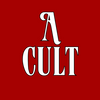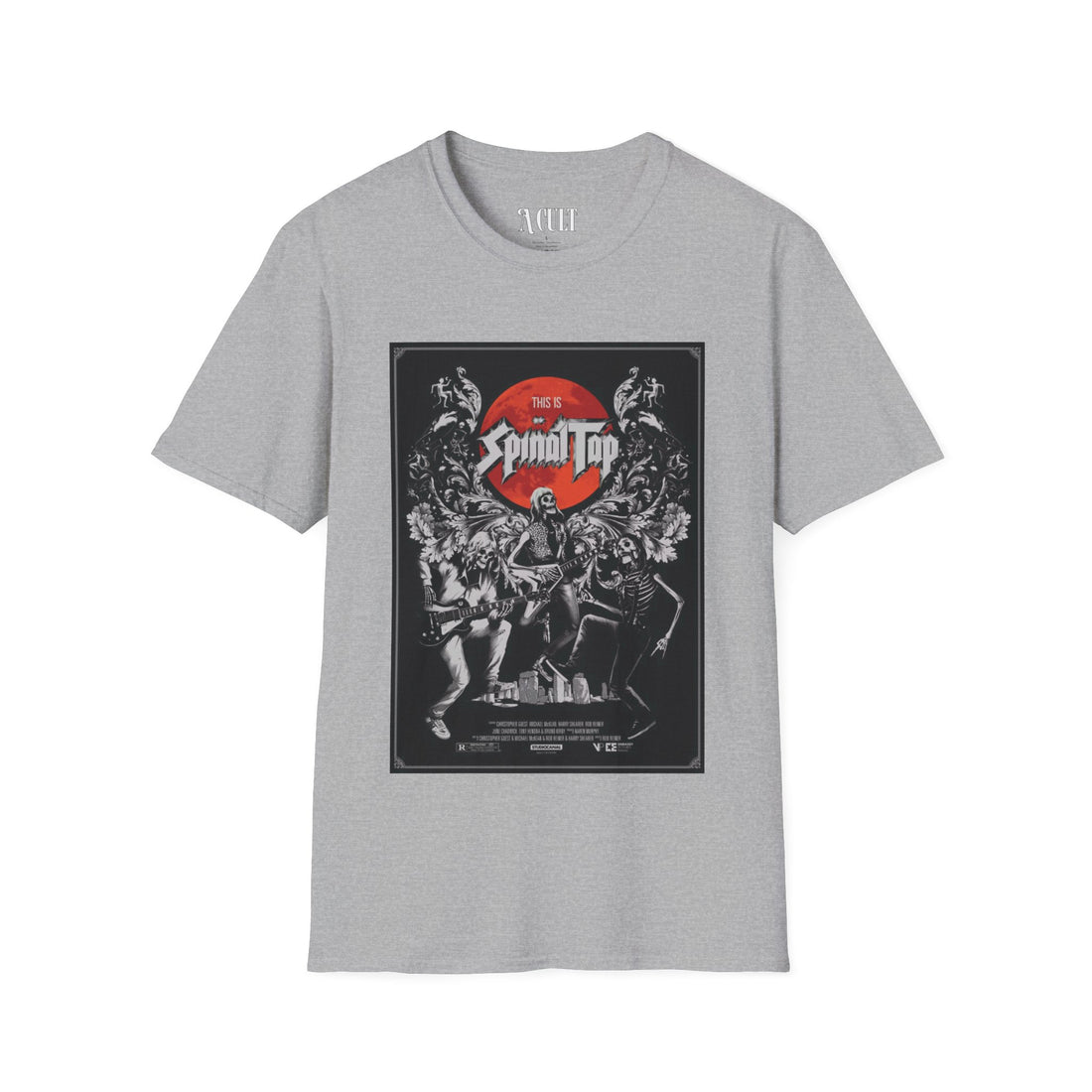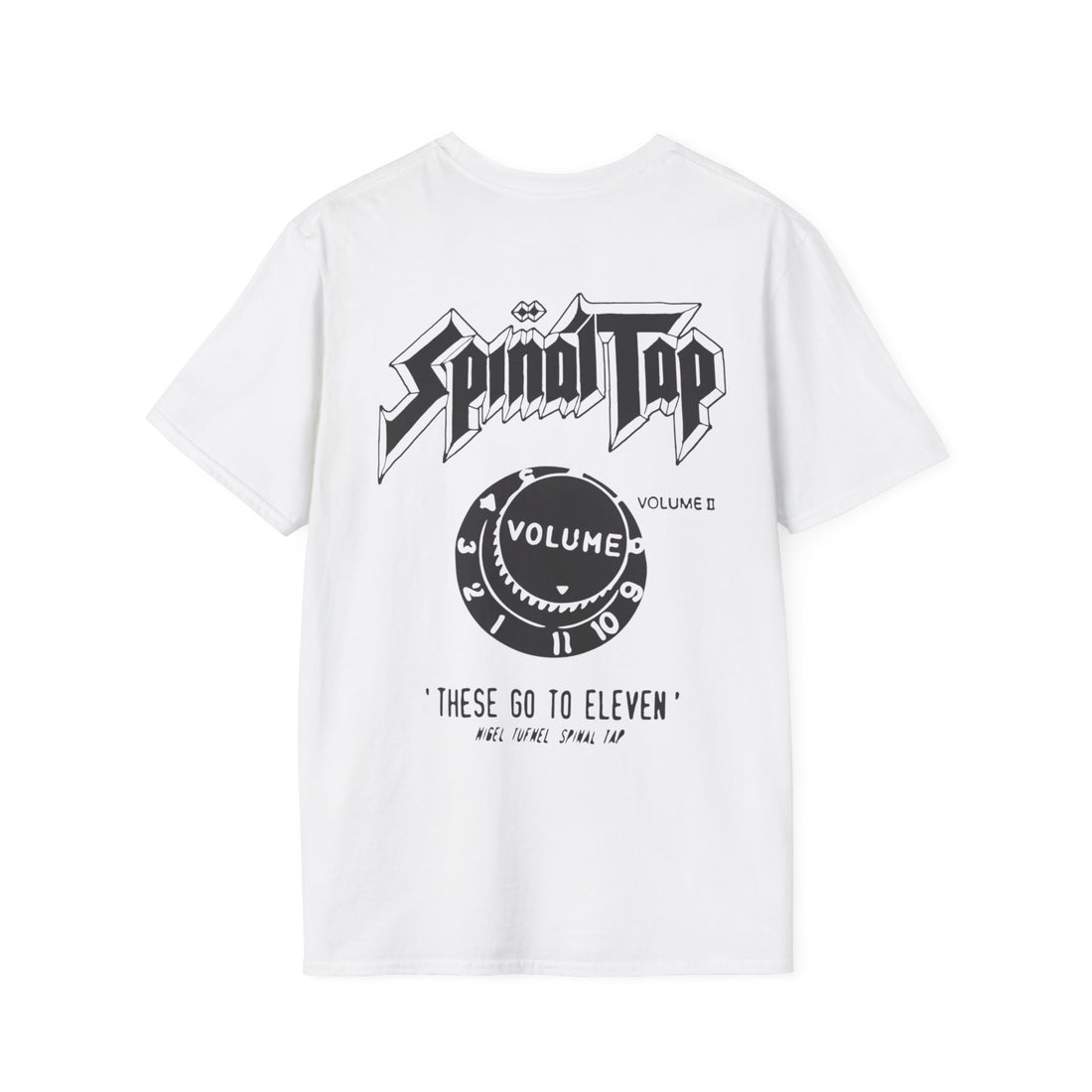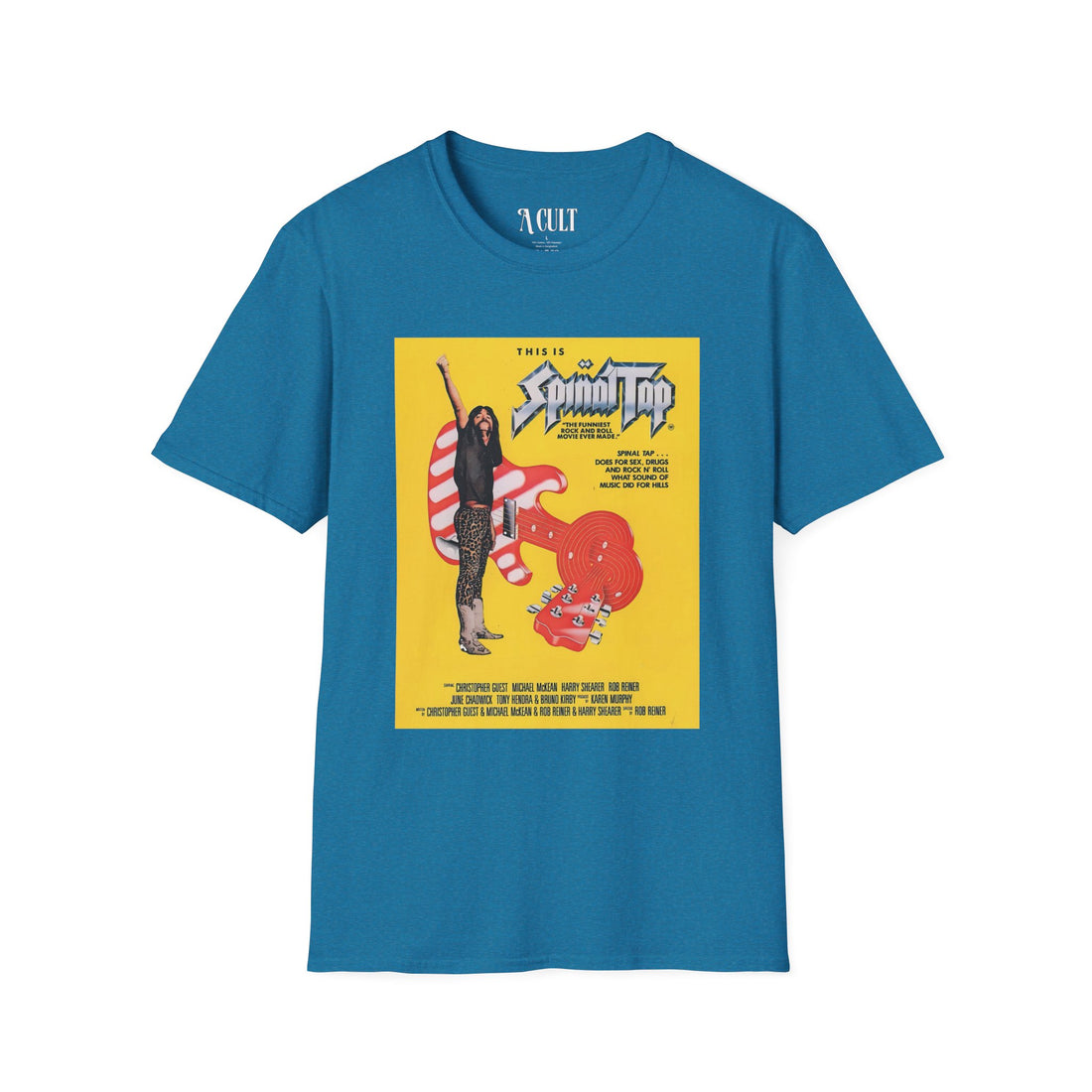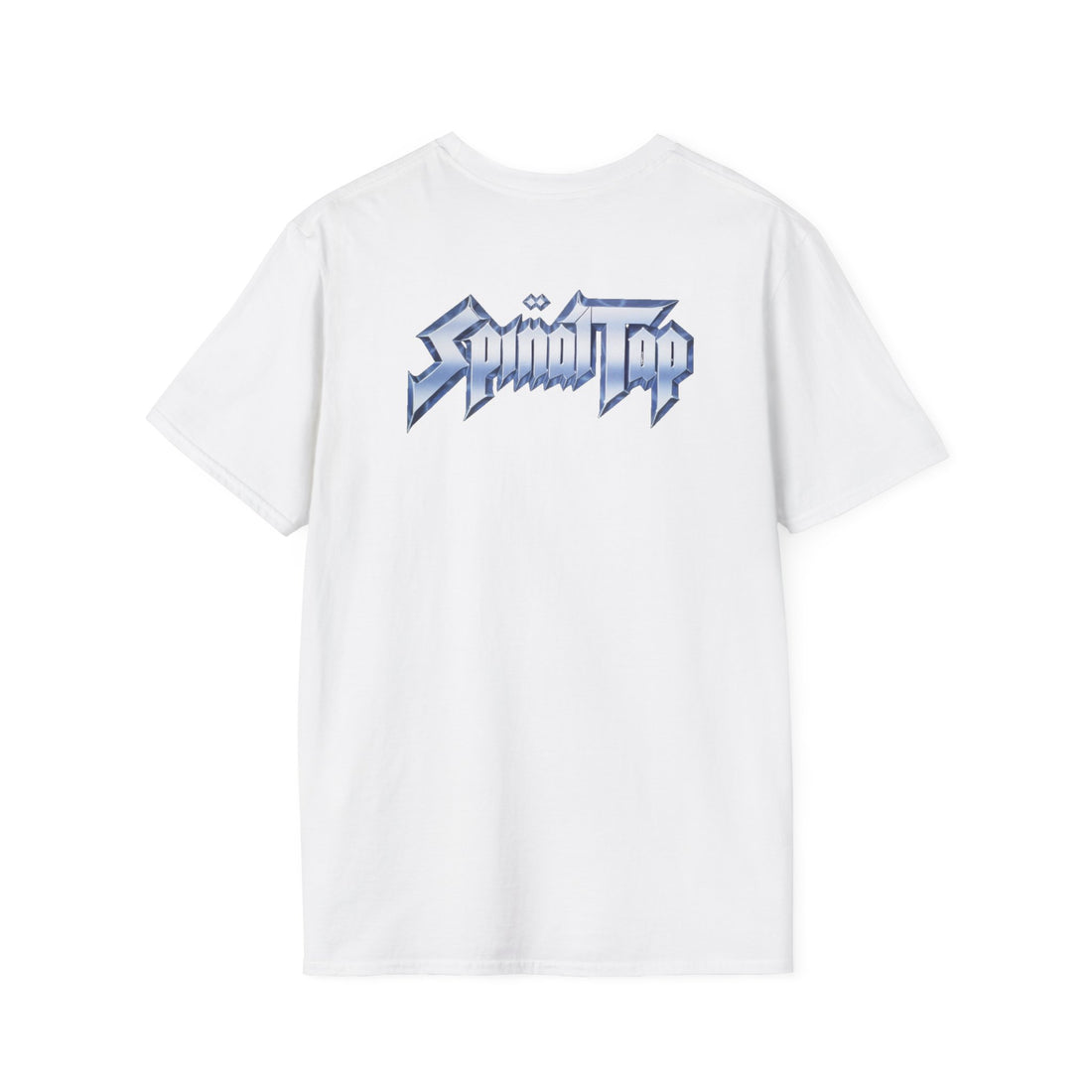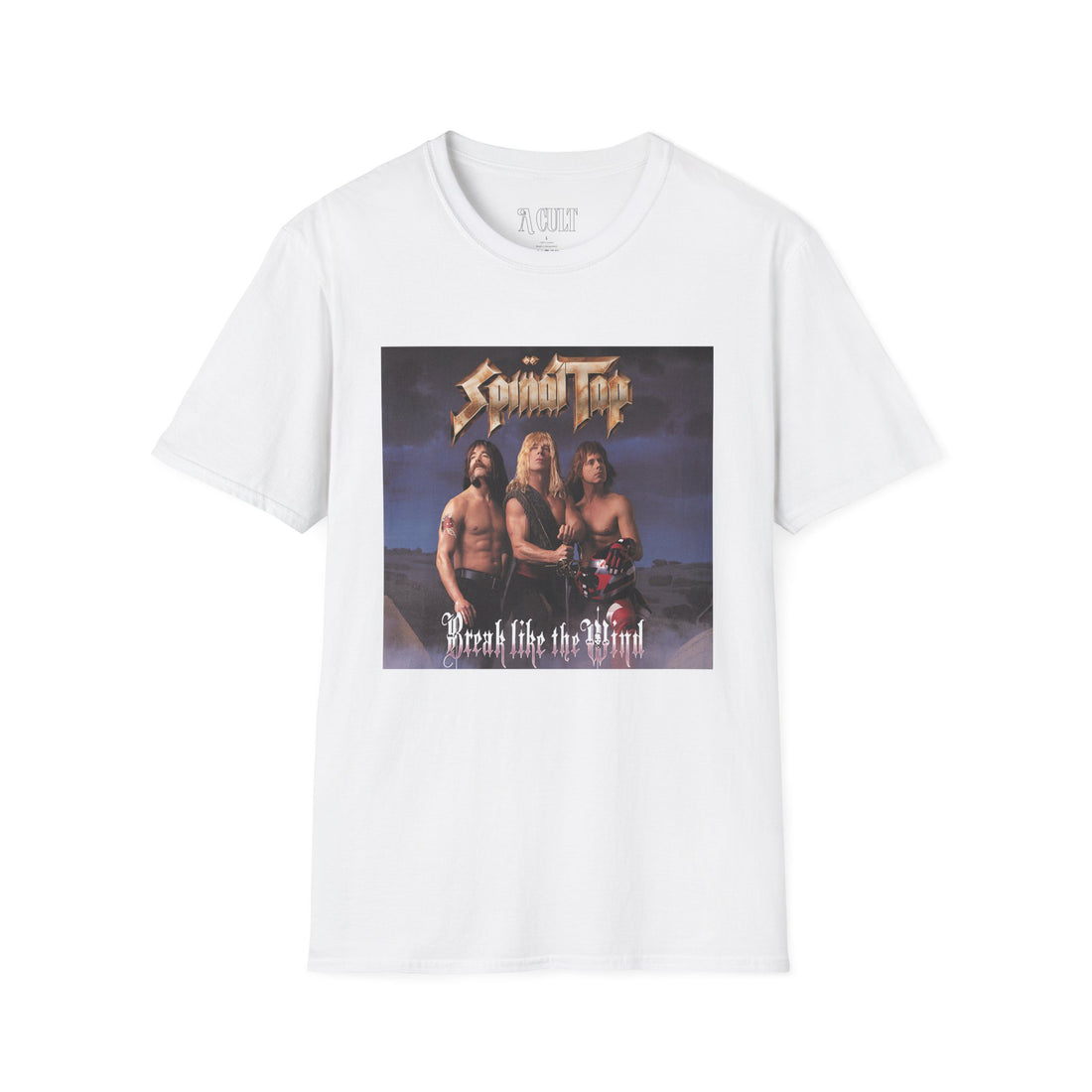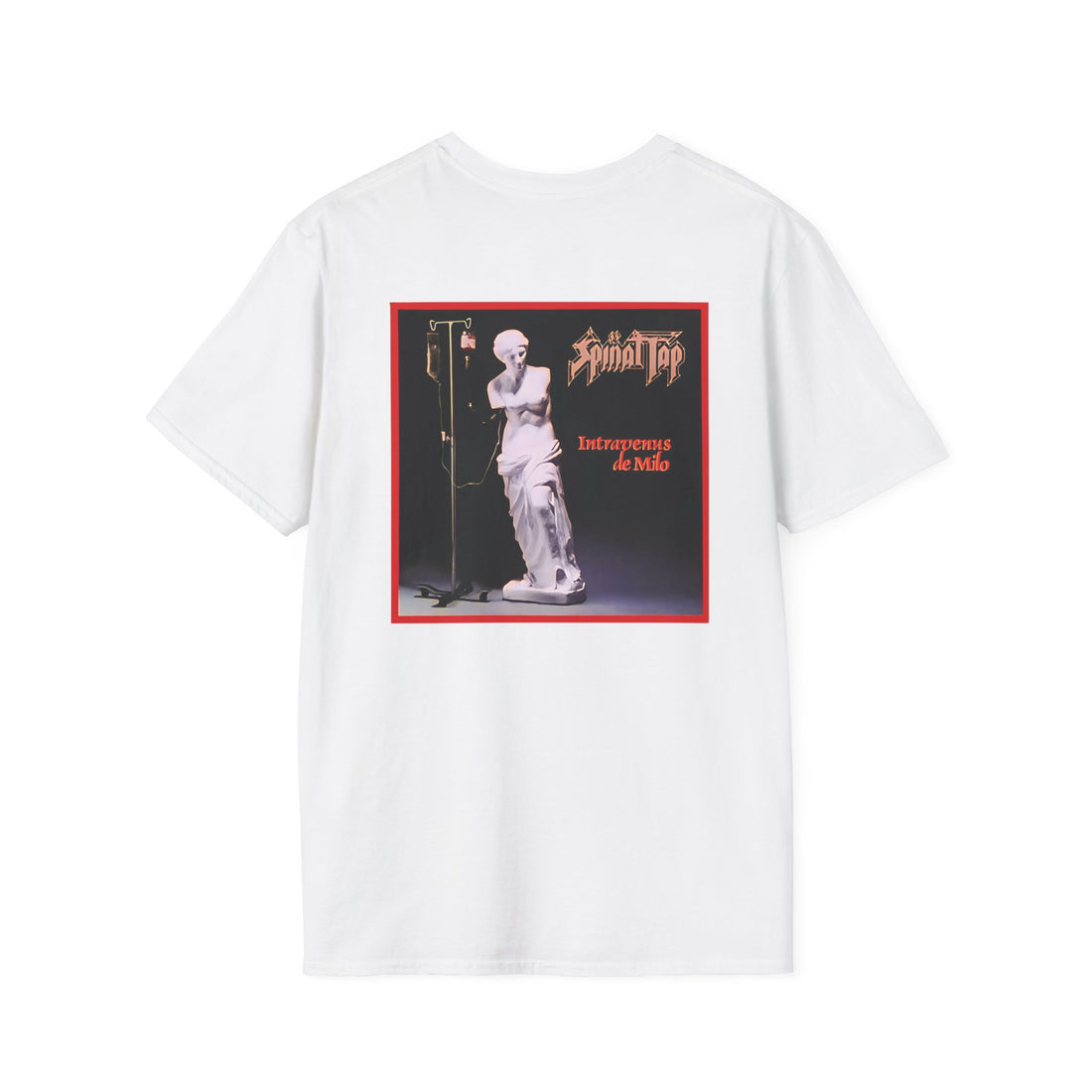When we talk about genre-defining fantasy, few names summon nostalgia quite like The Legend of Zelda. Though Link never officially made it to the silver screen (we’re still holding out hope), the spirit of Hyrule echoes through so many cult classic fantasy films of the 1980s. And as we celebrate over 35 years of Zelda’s influence on gaming and fantasy culture, it’s the perfect time to explore why this franchise captured our imaginations so thoroughly—and how it shares cinematic DNA with some of the best fantasy films of its time.
The Power of the Quest
The Legend of Zelda (first released in 1986) wasn’t just a game—it was a rite of passage. Guided by a silent protagonist and an epic sense of destiny, players ventured across pixelated plains, puzzling dungeons, and perilous castles. It felt like stepping into your own personal fantasy epic, with a sword in one hand and an 8-bit world of possibility ahead.
Much like in cult fantasy films such as The NeverEnding Story, The Dark Crystal, or Willow, the themes of a young hero destined to fight evil, solve ancient riddles, and restore peace to the land are central. Zelda was gaming’s answer to those films: interactive mythology with the freedom to carve your own path.
Visuals and Vibes: An 8-Bit Fantasy World
What Zelda lacked in photorealism, it more than made up for in world-building. The original NES visuals, paired with Koji Kondo’s timeless score, made every cave entrance and hidden secret feel sacred. It’s a feeling you only get from the warm glow of CRT screens and film grain from a dusty VHS copy of Legend or Labyrinth.
Zelda didn’t just look and sound unique—it felt unique. The stillness of Hyrule’s overworld contrasted with the tension of each dungeon. It was a game that let you breathe, get lost, and discover at your own pace. Much like the moody lighting and tactile puppetry of Jim Henson’s work or Ridley Scott’s painterly use of smoke and shadow in Legend, Zelda’s design choices had atmosphere in spades.
There’s also an elemental overlap in how characters were rendered. In both games and films of the era, heroes were often defined by courage, not dialogue. Princess Zelda herself—a blend of strength and mysticism—could sit comfortably alongside Sarah from Labyrinth or Princess Eilonwy from The Black Cauldron. The enemies? From Moblins to Iron Knuckles, they were just as grotesque and stylised as Skeksis or the beast in The NeverEnding Story.
Cinematic Cousins: Films That Feel Like Zelda
-
Labyrinth (1986, dir. Jim Henson): Puzzles, mazes, mythical beasts, and a final confrontation with a mysterious overlord in a surreal castle? This may as well have been a Zelda level brought to life. Sarah’s journey through a dreamlike world mirrors Link’s odyssey, with the added bonus of a talking worm and a glam rock soundtrack.
-
The NeverEnding Story (1984, dir. Wolfgang Petersen): The existential dread of The Nothing isn’t far off from the creeping evil that Ganon represents. Fantasia, like Hyrule, is a world that needs saving through bravery, empathy, and ancient knowledge. Atreyu’s stoic resolve is pure Link energy.
-
Willow (1988, dir. Ron Howard): Swap a wand for a Master Sword and you’ve essentially got Zelda. The Madmartigan/Willow dynamic reflects the dualities within the Zelda series—bravery and chaos, vulnerability and power.
-
The Black Cauldron (1985, dir. Ted Berman & Richard Rich): Taran’s journey from pig-keeper to warrior aligns closely with Link’s coming-of-age tales. Throw in a cursed relic and an undead army and you’re venturing deep into Hyrule lore territory.
-
Legend (1985, dir. Ridley Scott): The dreamlike visuals, haunting synth score, and a narrative about light vs. darkness? Zelda in cinematic form. Tim Curry’s Darkness could’ve been an early prototype for Ganon himself—regal, monstrous, and commanding ancient evil.
Echoes Across Mediums: The Influence Flows Both Ways
The Zelda franchise and ‘80s fantasy cinema didn’t just share vibes—they shaped each other. Miyamoto has often cited his own childhood adventures exploring caves and forests as inspiration, but it’s hard to ignore the cinematic parallels. In the same way filmmakers created immersive worlds that hinted at stories just beyond the frame, Zelda offered a map that felt infinite.
As Zelda evolved—especially with Ocarina of Time in 1998—it absorbed more cinematic qualities: orchestrated music, deeper lore, and epic cutscenes. It was as if the games had been waiting for the technology to catch up with the storytelling ambitions of the ‘80s.
Likewise, filmmakers have borrowed liberally from Zelda’s formula. From Netflix’s The Witcher to animated films like Kubo and the Two Strings, you can see traces of Link’s DNA in modern fantasy storytelling.
A Legacy That Grew With Us
The Legend of Zelda didn’t just shape gaming—it shaped how we think about fantasy as a whole. From its silent hero archetype to its emphasis on solving problems through exploration rather than brute force, it shifted expectations.
Modern games from Elden Ring to Skyrim owe a creative debt to Zelda. They’ve taken the series’ blueprint—an expansive world, layered mythology, and a nonlinear structure—and expanded it for new generations. And the films of the ‘80s that run parallel to it? They’re still celebrated for being inventive, weird, and emotionally resonant—just like Zelda itself.
And let’s not ignore the merchandise, fan films, musical reinterpretations, and cosplay that keep the legend alive. Like the best of ‘80s fantasy, Zelda continues to inspire creativity in others.
Still Waiting for the Movie?
Rumours swirl every few years, but we’re still without an official Zelda film. Honestly, it’s a blessing in disguise. So much of what makes Zelda magical is what you bring to it—the quiet moments, the mystery, the wonder of finding something new on your own terms. Hollywood would likely over-explain it all.
But in our heads? We’ve been making the Zelda movie since 1986. It’s a collage of Labyrinth visuals, Willow camaraderie, and The NeverEnding Story’s sense of danger. And that’s more than enough… for now.
Final Thoughts
If you grew up with Zelda and spent your weekends watching fantasy VHS tapes until the tape wore thin, you know these worlds are all connected. And whether it was Ganon or The Nothing, the quest remained the same: be brave, find your path, save the world.
Have a favourite Zelda-like fantasy film we missed? Or want to see a Zelda movie finally done right? Let us know in the comments.

